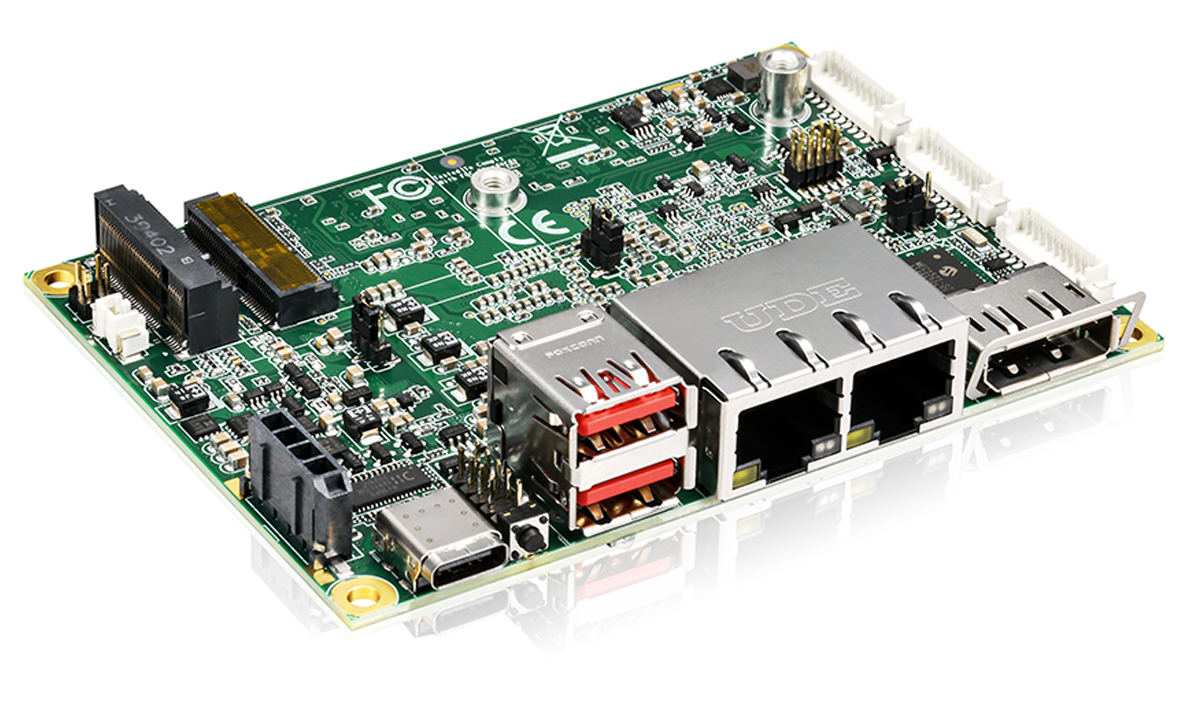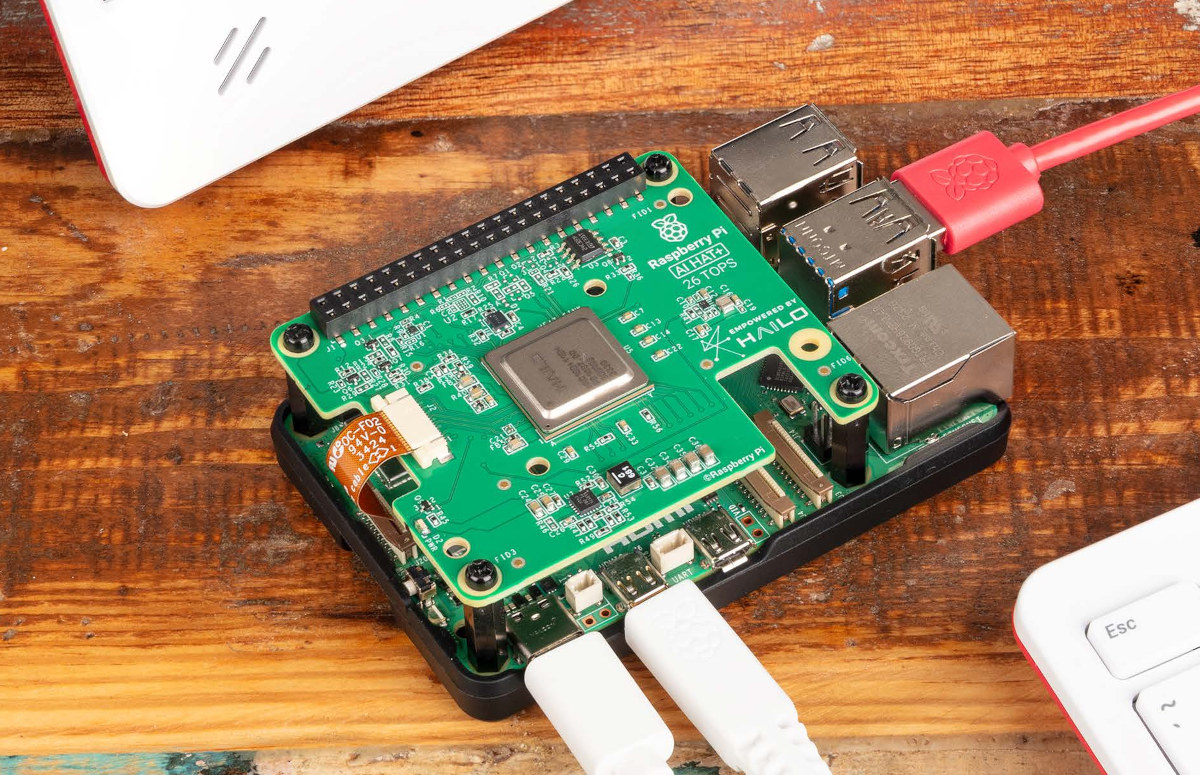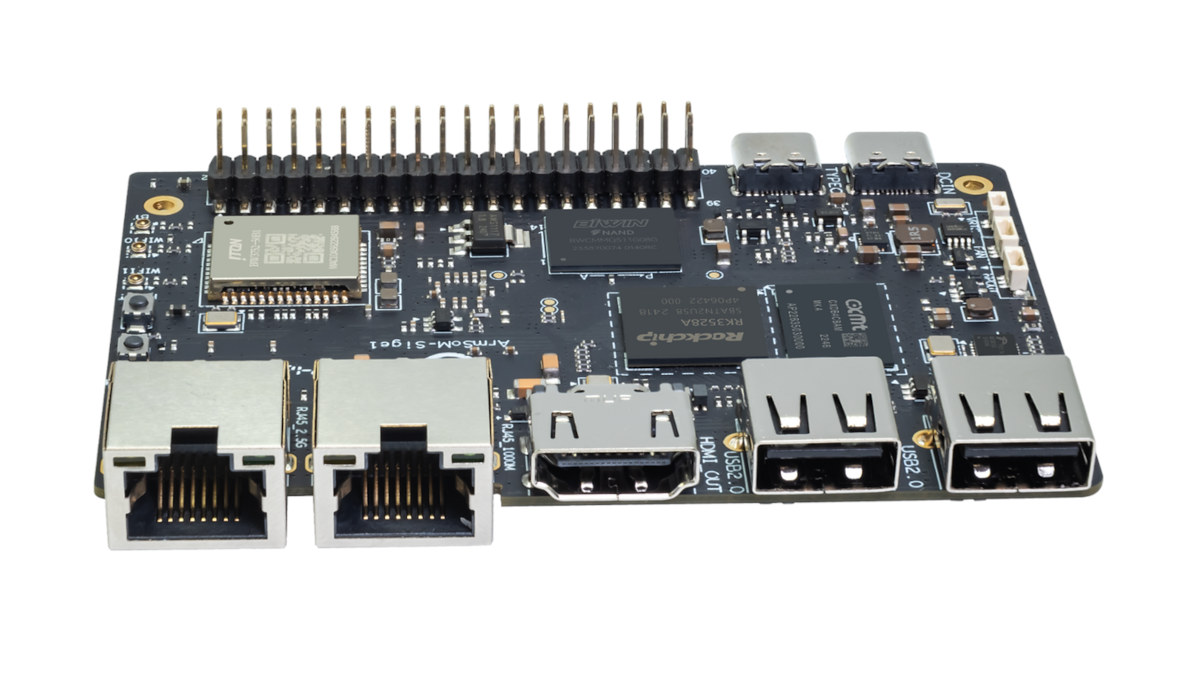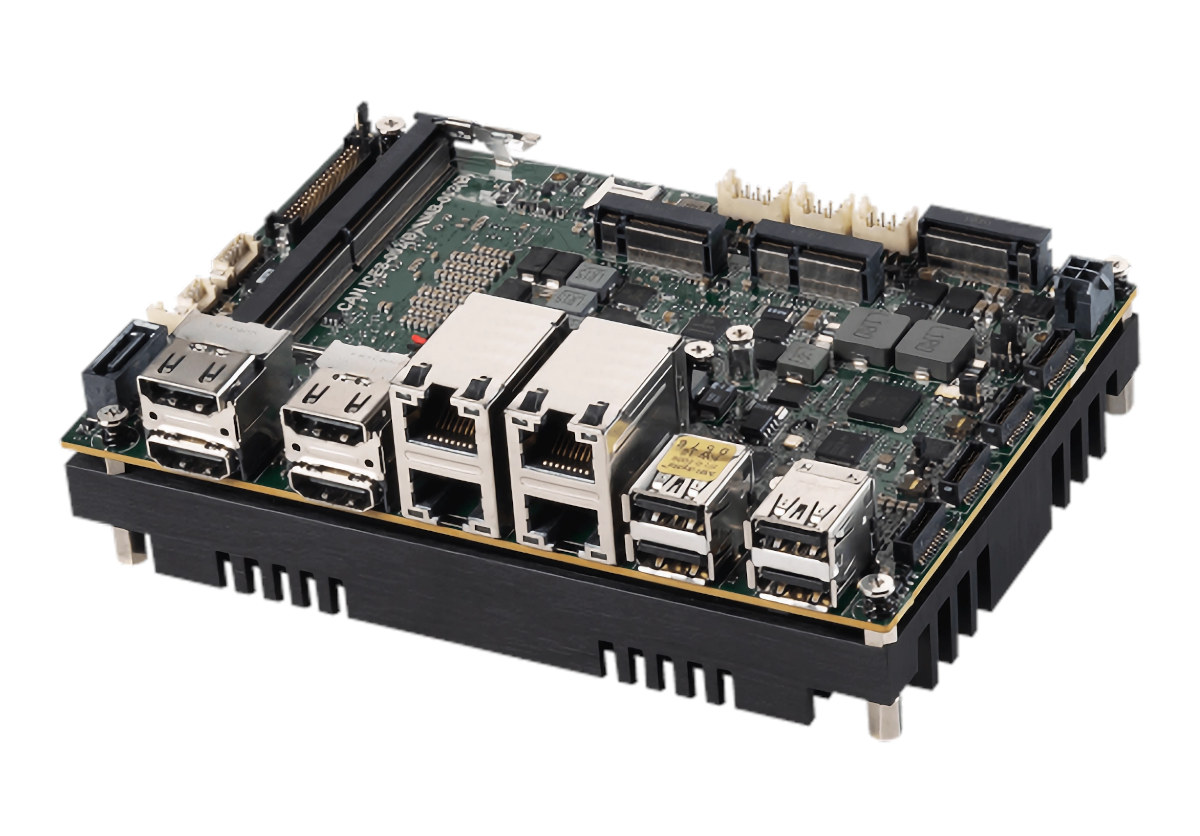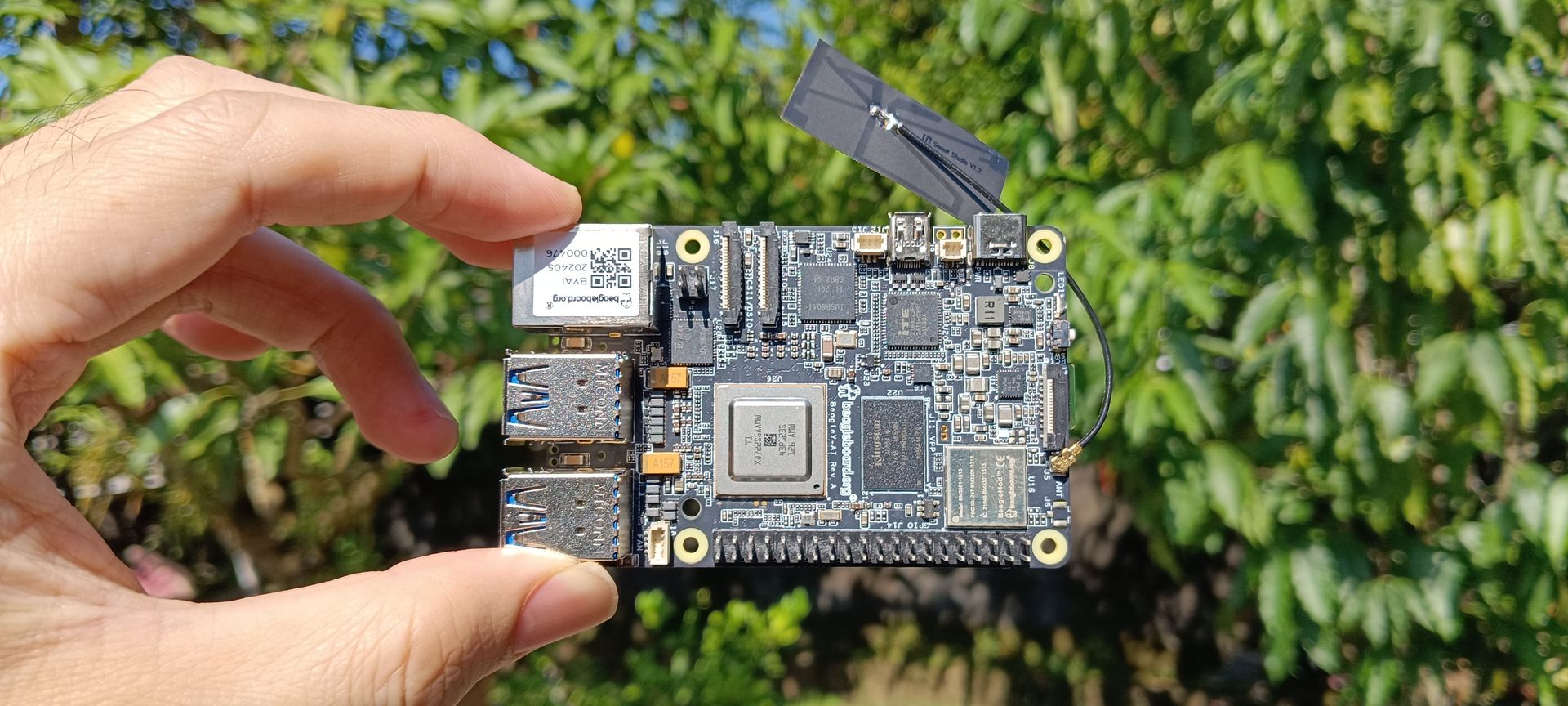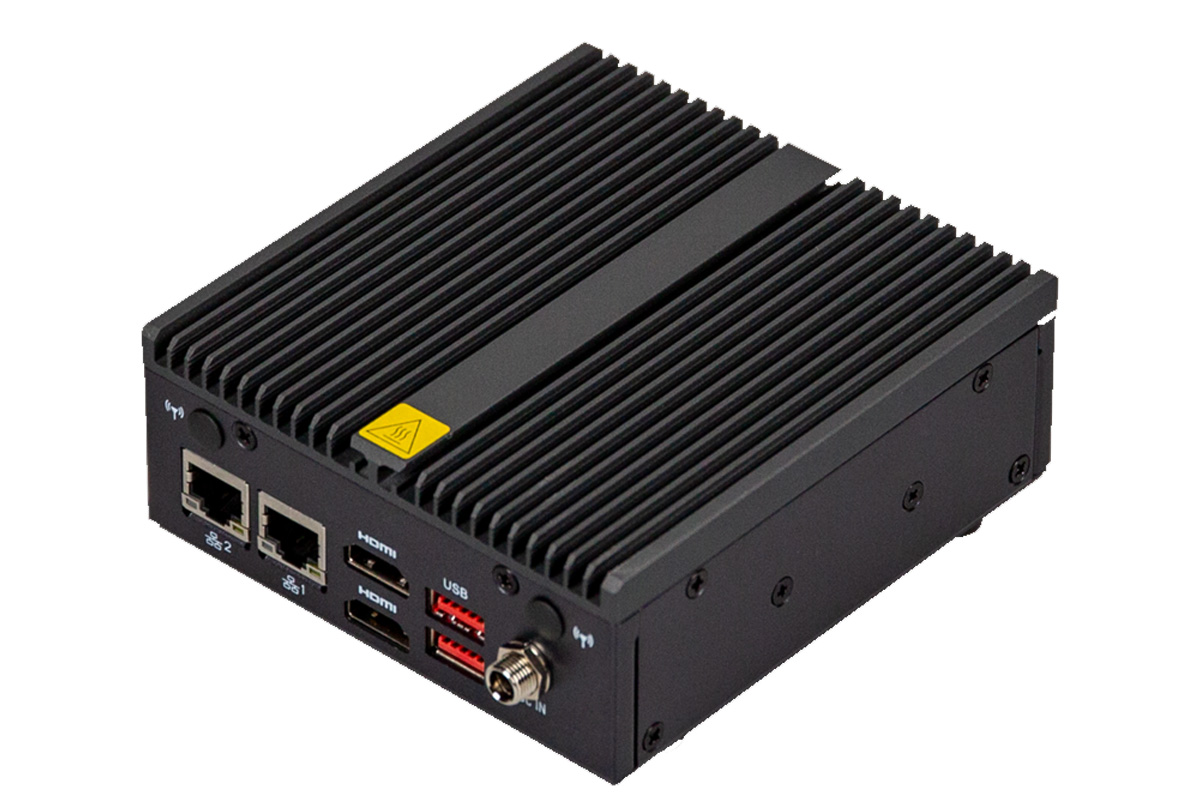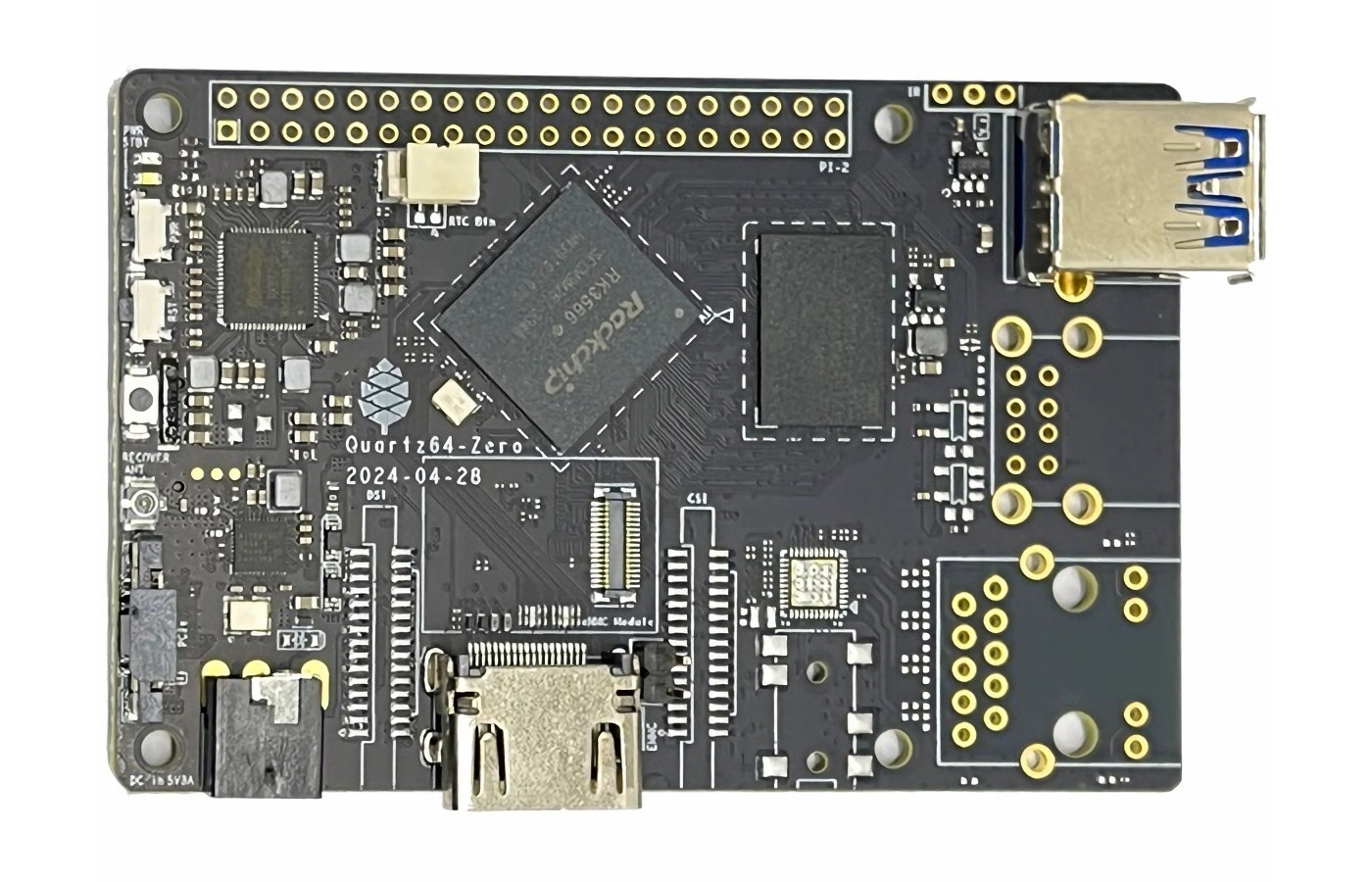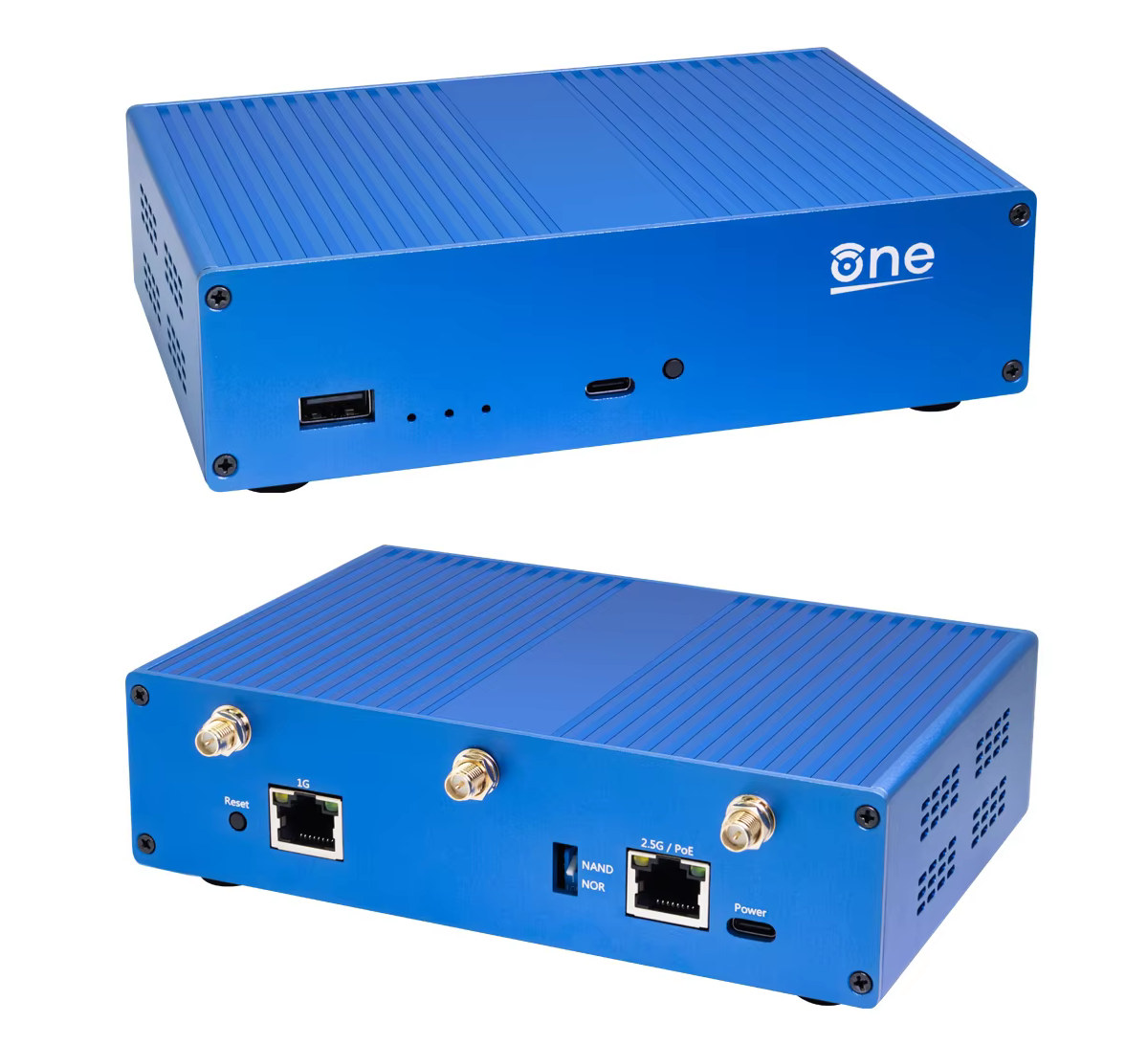Kontron has launched its new Amston Lake Pico-ITX SBC, the 2.5”-SBC-AML/ADN series, optimized for low-power, real-time computing in industrial automation, smart cities, energy, retail, and healthcare applications. This compact SBC series supports Intel’s energy-efficient processors, including the Intel Atom x7000E Series, Intel Core i3 N-Series, Intel N-Series (Alder Lake-N), and the Intel Atom x7000RE Series (Amston Lake). With Intel UHD Graphics (Gen12) featuring up to 32 execution units, these Amston Lake Pico-ITX SBCs enhance graphics processing and support concurrent AI inference. Powered by Intel Deep Learning Boost, they achieve faster AI inference, which is ideal for efficient edge computing, while meeting the stringent demands of real-time, low-latency applications. Previously, we covered several Pico-ITX SBCs, including the AAEON PICO-ASL4, Jetway JPIC-ADN1, AAEON PICO-IMX8PL, and AAEON RICO-MX8P, among others. Feel free to explore these reviews if you’re interested in similar SBCs. Kontron 2.5”-SBC-AML/ADN specifications: CPU Standard Intel Atom x7211RE dual-core processor up […]
Raspberry Pi AI HAT+ features Hailo-8L or Hailo-8 AI accelerator with up to 26 TOPS of performance
The Raspberry Pi AI HAT+ is a PCIe expansion board for the Raspberry Pi 5 with either a 13 TOPS Hailo-8L or 26 TOPS Hailo-8 AI accelerator. You may remember the Raspberry Pi AI Kit was introduced last June with an official M.2 Key M HAT+ and a 13 TOPS Hailo-8L M.2 AI accelerator module, The new Raspberry Pi AI HAT+ is quite similar except the chip is soldered on the expansion board and offered with either Hailo-8L or the more powerful Hailo-8 variant. Raspberry Pi AI HAT+ specifications: Supported SBC – Raspberry Pi 5 AI accelerator Hailo-8L AI accelerator with up to 13 TOPS of performance Hailo-8 AI accelerator with up to 26 TOPS of performance Host Interface – PCIe Gen3 interface 16mm stacking GPIO header PCIe FPC cable Spacers and screws enabling fitting on Raspberry Pi 5 with Raspberry Pi Active Cooler Dimensions – 65 x 56.5 mm […]
Banana Pi BPI-M1S RK3528 SBC features HDMI 2.0, 2.5GbE, WiFi 6, and more
The Banana Pi BPI-M1S, also known as the ArmSoM-Sige1, is a low-profile single board computer (SBC) based on the Rockchip RK3528 quad-core Cortex-A53 SoC initially designed for entry-level 4K TV boxes. Contrary to the two other RK3528(A) SBCs we’ve covered, namely the Radxa Rock E20C and FriendlyELEC NanoPi Zero2 focusing on low-cost and small footprint for headless networked applications, the Banana Pi BPI-M1S integrates more features such as HDMI 2.0 for 4K video output and audio, 2.5GbE and WiFi 6 networking, and a 40-pin GPIO header for expansion. Banana Pi BPI-M1S specifications: SoC – Rockchip RK3528 CPU – Quad-core Arm Cortex-A53 @ 2.0 GHz GPU – Arm Mali-G450 GPU with support for OpenGL ES1.1, ES2.0, and OpenVG 1.1 APIs VPU H.264, H.265, and AVS2 decoder up to 4Kp60 H.264 and H.265 encoder up to 1080p60 Memory – 4GB LPDDR4x Storage 32GB eMMC flash (by default) MicroSD card slot Video Output – […]
MSI MS-CF17 is a 3.5-inch fanless single board computer with Intel Raptor Lake-P SoC
The MSI MS-CF17 is a fanless 3.5-inch single board computer powered by the Intel 13th Gen Raptor Lake-P series with options for embedded and industrial SKUs. It comes with up to 32GB of DDR5 SODIMM memory and features an M.2 M key (PCIe Gen4) socket and a SATA III storage slot. It also supports four 2.5GbE ports, four internal COM ports, eight USB interfaces, and M.2 Key-B and Key-E sockets for wireless expansion. It supports four independent displays via four HDMI 2.0 ports and an eDP/LDVS display interface. Potential applications for the fanless single board computer include industrial automation, digital signage, edge computing, transportation, and imaging systems MSI MS-CF17 specifications: SoC – Intel 13th Gen Raptor Lake-P Embedded/Industrial SKU Series; P-core: 4.3GHz ~ 4.9GHz; E-core: 3.2GHz ~ 3.7GHz; Intel Iris Xe Graphics (Core i5/i7) or Intel UHD Graphics (Core i3) Core i7-1365UE / i5-1345UE / i5-1335UE / i3-1315UE / U300E, […]
BeagleY-AI SBC review with Debian 12, TensorFlow Lite, other AI demos
Today I’ll be reviewing the BeagleY-AI open-source single-board computer (SBC) developed by BeagleBoard.org for artificial intelligence applications. It is powered by a Texas Instruments AM67A quad-core Cortex-A53 processor running at 1.4 GHz along with an ARM Cortex-R5F processor running at 800 MHz for handling general tasks and low-latency I/O operations. The SoC is also equipped with two C7x DSP units and a Matrix Multiply Accelerator (MMA) to enhance AI performance and accelerate deep learning tasks. Each C7x DSP delivers 2 TOPS, offering a total of up to 4 TOPS. Additionally, it includes an Imagination BXS-4-64 graphics accelerator that provides 50 GFlops of performance for multimedia tasks such as video encoding and decoding. For more information, refer to our previous article on CNX Software or visit the manufacturer’s website. BeagleY-AI unboxing The BeagleY-AI board was shipped from India in a glossy-coated, printed corrugated cardboard box. Inside, the board is protected by […]
GIGAIPC QBiX-ADNAN97-A1 fanless industrial PC features Intel N97 CPU, dual HDMI, dual LAN
GIGAIPC QBiX-ADNAN97-A1 industrial PC is a compact system, powered by the Intel Processor N97 quad-core Alder Lake-N processor. This industrial PC supports up to 16GB of DDR5 memory and features flexible storage options with an M.2 slot for SATA or NVMe drives. Additionally, the QBiX-ADNAN97-A1 supports dual independent displays via two HDMI ports, It also offers dual Gigabit Ethernet, multiple USB 3.2 Gen 2×1 ports, an M.2 E-Key for Wi-Fi/Bluetooth expansion, and a COM port for legacy device connectivity. Designed for reliable operation, this fanless system is ideal for various Industry 4.0 applications, including industrial automation, digital signage, and edge computing. QBiX-ADNAN97-A1 industrial PC specifications SoC – Intel Processor N97 quad-core Alder Lake-N processor @ up to 3.6 GHz with 6MB Cache, Intel UHD Graphics; 12W TDP System Memory – Up to 16GB DDR5 4800 MHz via SODIMM slot Storage – M.2 2280 M-Key socket for NVMe or SATA storage Display 2x HDMI 2.0 […]
Quartz64 Zero – A customizable, cost-optimized Rockchip RK3566T SBC with Raspberry Pi PCIe connector
The Quartz64 Zero is a thinner, cheaper version of the Quartz64 Model B with a Rockchip RK3566T quad-core Cortex-A55 SoC clocked at 1.6 GHz, 1GB LPDDR4, and HDMI and USB ports. The Quartz64 Zero has almost the same design as the Quartz64 with footprints for optional components (more on that later). Two noticeable differences are the presence of the 20-pin PCIe connector compatible with the one found on the Raspberry Pi 5 instead of a mini PCIe socket, and WiFi 6 and Bluetooth 5.4 support instead of just WiFi 5/Bluetooth 5.0. Quartz64 Zero specifications (changes highlighted in bold and strikethrough when items have been removed): SoC – Rockchip RK3566T CPU – Quad-core Cortex-A55 processor up to 1.6 GHz GPU – Arm Mali-G52 GPU supporting OpenGL ES 1.1/2.0/3.2, OpenCL 2.0, Vulkan 1.1 NPU – 0.8 TOPS NPU for AI acceleration (Unclear whether it’s present, not listed in the specs) System Memory […]
OpenWrt One WiFi 6 router with Filogic 820 SoC launched for $89
The “OpenWrt One/AP-24.XY” is a Filogic 820-based WiFi 6 router board manufactured by Banana Pi whose software is directly managed by OpenWrt developers with assistance from MediaTek. The router was first announced in January 2024, and developer samples became available sometime in April with some early units auctioned away at the OpenWrt Summit which took place in Cyprus on May 18-19. The good news is that the OpenWrt One is now available to anyone on Aliexpress for $89 including a metal enclosure, a PoE module, three antennas, and a power supply. Here’s a reminder of the OpenWrt One router specifications: SoC – MediaTek MT7981B (Filogic 820) dual-core Cortex-A53 processor @ 1.3 GHz System Memory – 1GB DDR4 Storage 128 MB SPI NAND flash for U-boot and Linux 4 MB SPI NOR flash for write-protected (by default) recovery bootloader (reflashing can be enabled with a jumper) Two types of flash devices […]


